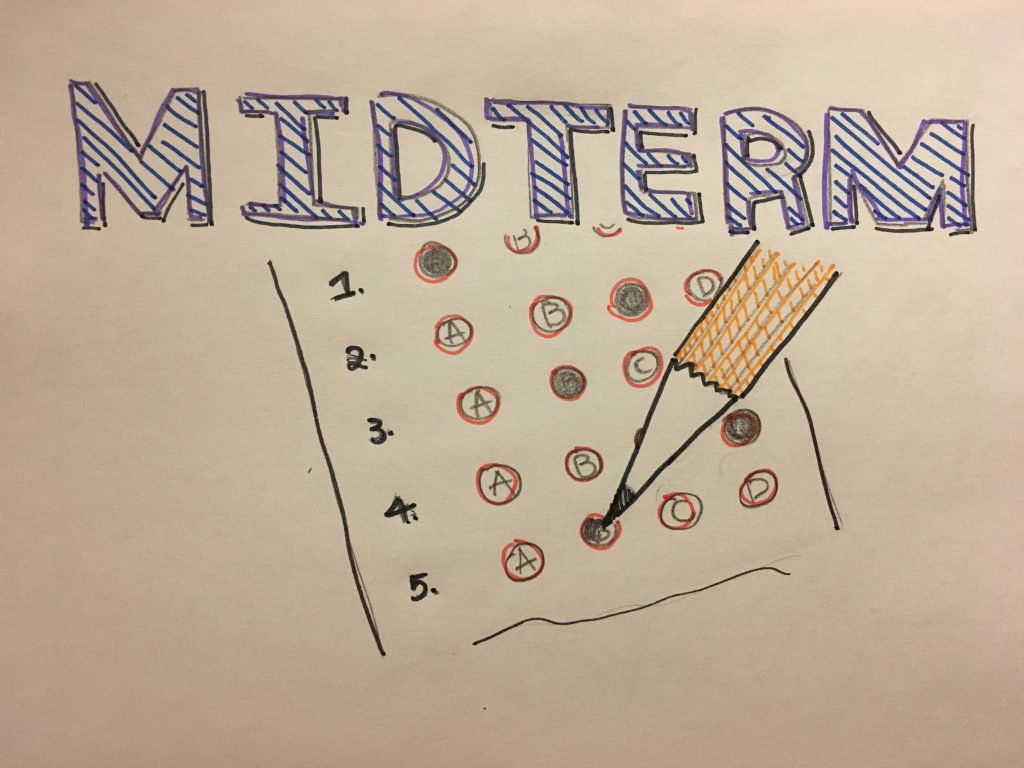
A pivotal part of a student’s learning experience is being tested on their knowledge. At Ridgewood High School, there is one critical exam that makes up twenty percent of the fourth quarter: the final exam. But, there also used to be a midterm. In recent years, Ridgewood High School decided that it would be beneficial to get rid of this mid-year test in order to alleviate student pressure. However, was getting rid of the midterms really worth it?
How would having the midterms change things? It would give teachers an opportunity to test students on material learned throughout the first semester. In essence, it’s a ‘final exam’ for the first semester. The midterm gives teachers an opportunity to view not only their progress in teaching but the student’s progress in absorbing the material. This benefits both the students and the teachers, making it easier to find any important material to review instead of cramming the last month for review. Let’s be honest, not many people review notes from the beginning of the year until it comes to that time of the year when final exams are around the corner, and it can be hard to remember what Shay’s Rebellion was or what the equation is for ground-to-ground projectiles.
Due to the absence of a final exam, some teachers have even resorted to making every test or quiz cumulative in order to encourage students to review all the material. By having these cumulative assessments, it is filling the void of where the midterm once stood. Every test and quiz is now a review for the final exam, but these also have their downsides. Making every test and quiz cumulative can make the learning experience superficial in that only the general concepts are reviewed instead of specific materials. By skimming over a giant stack of paper, it is likely that it may not be as efficient as narrowing down your focus to one specific chapter.
Instead of having one giant final that covers the entirety of the school year or taking cumulative assessments, having the midterm can benefit students so that the material is evenly partitioned. For example, the “midterm” can be considered a final for the first semester and the final can cover the second semester. By doing this, it is lightening the load for students to review for the final. The mid-year assessment marks a checkpoint to test one’s knowledge and give an idea of how much studying should be done for the final. In addition, dividing the year into two sections can allow teachers to test students on more specific topics that were taught throughout the year.
Daniel Son
staff writer
Graphic: Wednesday Hsu
